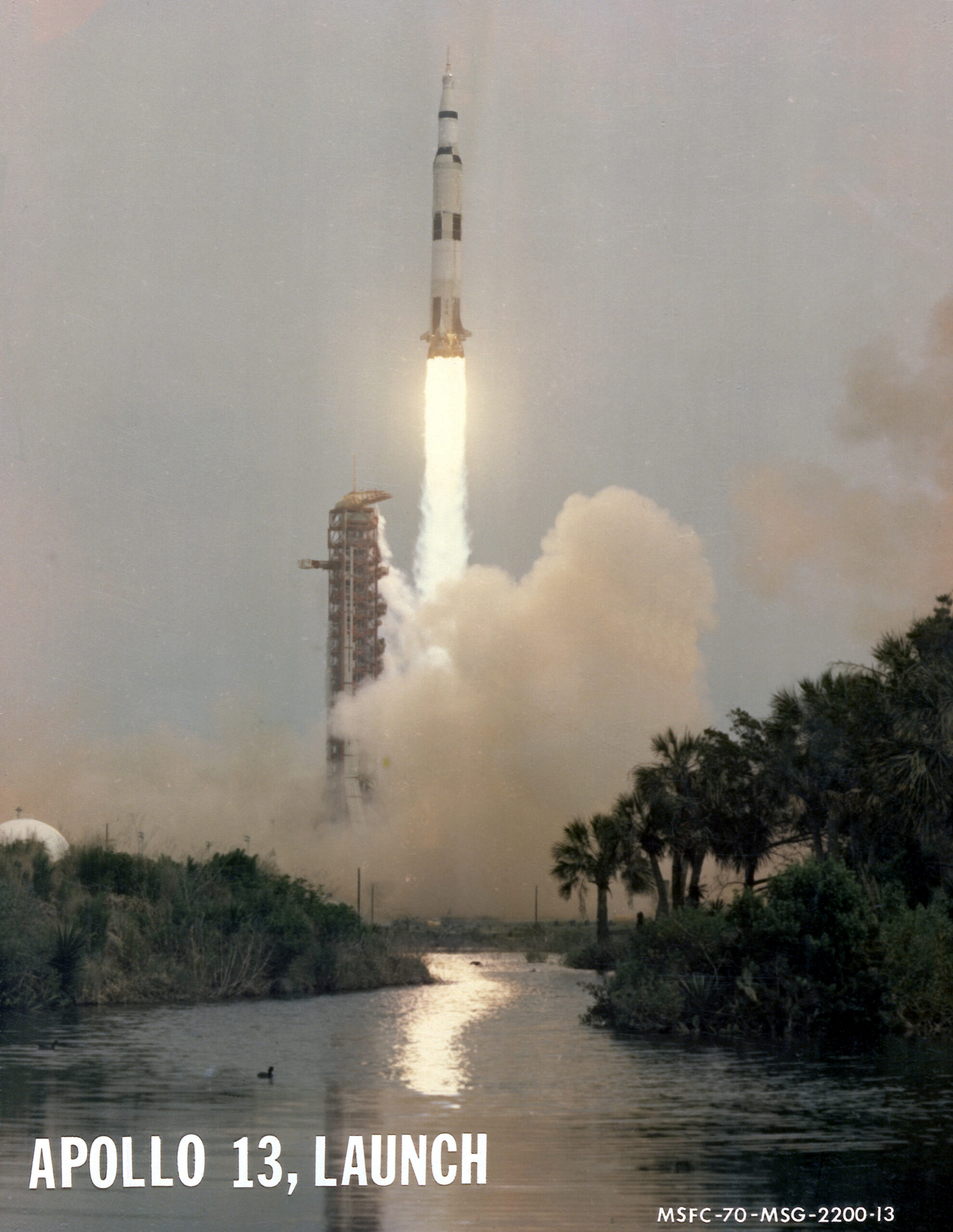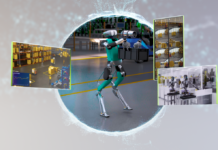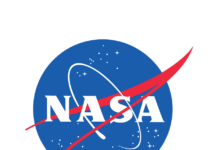Apollo 13: A Historic Mission of Resilience and Ingenuity
On April 11, 1970, NASA launched the Apollo 13 mission from the Kennedy Space Center in Florida, with astronauts Jim Lovell, Fred Haise, and Jack Swigert aboard. This mission was initially planned as a routine journey to the Moon, but it soon transformed into a dramatic tale of survival and human ingenuity. As the spacecraft made its way to the Moon, everything seemed to be progressing smoothly. However, just over two days into the mission, an unexpected and critical incident changed the course of events.
The Crisis Unfolds: An Oxygen Tank Rupture
Approximately 55 hours and 55 minutes into the mission, an oxygen tank aboard the spacecraft ruptured. This was a critical system failure that threatened the safety of the crew and the success of the mission. The rupture caused a significant loss of oxygen and power, leading to a life-threatening situation. The phrase “Houston, we’ve had a problem,” uttered by Jack Swigert, has since become synonymous with this unexpected crisis.
Adapting to the Situation: The New Mission Plan
In response to the emergency, NASA’s mission control team, along with the astronauts, quickly devised a new plan. Abandoning the initial goal of landing on the Moon, the focus shifted to bringing the crew back to Earth safely. The mission’s objective became a matter of survival rather than exploration. The revised plan involved using the Moon’s gravitational pull to slingshot the spacecraft back toward Earth, a maneuver that required precise calculations and execution.
Entering Lifeboat Mode: Utilizing the Lunar Module
To conserve resources and ensure their safe return, the crew had to power down the command module and move into the lunar module, Aquarius. Typically designed to land on the Moon, the lunar module was now repurposed as a “lifeboat” to support the crew during their journey back to Earth. This required the astronauts to manage limited resources, including water and power, while navigating the challenges of space travel.
The ingenuity of both the astronauts and the ground control team was put to the test as they adapted systems and protocols to the new situation. The crew had to improvise solutions for issues such as removing carbon dioxide from the spacecraft’s atmosphere, a task that required creating a makeshift filter using available materials.
The Journey Home: A Successful Return
After several tense days in space, on April 17, 1970, the Apollo 13 crew successfully returned to Earth. The command module splashed down in the Pacific Ocean near Samoa, marking the end of a mission that became a testament to human resilience and problem-solving under pressure. The safe return of the astronauts was celebrated worldwide as a remarkable achievement, highlighting the courage of the crew and the dedication of the mission control team.
Legacy and Reflections
The Apollo 13 mission, although not achieving its initial goal of a lunar landing, left a lasting legacy in space exploration history. It demonstrated the importance of meticulous planning, adaptability, and teamwork in overcoming unforeseen challenges. The mission also led to significant changes in spacecraft design and safety protocols, ensuring that future missions would be better equipped to handle potential emergencies.
For those interested in learning more about this pivotal moment in space history, NASA provides extensive resources and detailed accounts of the mission’s events. The Apollo 13 story continues to inspire, serving as a powerful example of human determination and ingenuity in the face of adversity.
Technical Insights and Lessons Learned
The Apollo 13 mission provided valuable lessons for the space exploration community. The incident highlighted the critical importance of redundant systems in spacecraft design, ensuring that backup systems are in place to take over in case of a failure. It also underscored the need for comprehensive training and simulation exercises for astronauts and mission control teams to prepare them for handling emergencies.
Moreover, the mission showcased the effectiveness of real-time problem solving and collaboration between astronauts and engineers on Earth. The ability to communicate and work together to devise innovative solutions was crucial to the mission’s success.
Broader Implications and Inspirations
Beyond its technical and scientific contributions, the Apollo 13 mission has had a profound impact on popular culture and public perception of space exploration. The story has been depicted in films, documentaries, and books, capturing the imagination of people worldwide. It serves as a reminder of the potential for human achievement and the spirit of exploration that drives us to reach beyond our planet.
As space exploration continues to advance, the lessons learned from Apollo 13 remain relevant. New missions to the Moon, Mars, and beyond will undoubtedly face their own challenges, and the legacy of Apollo 13 provides a foundation of knowledge and inspiration for overcoming them.
For more information on the Apollo 13 mission and its significance, readers can visit the official NASA website, where a wealth of resources and historical documents are available. Apollo 13 stands as a testament to human ingenuity and the relentless pursuit of knowledge, paving the way for future generations of explorers.
For more Information, Refer to this article.


































